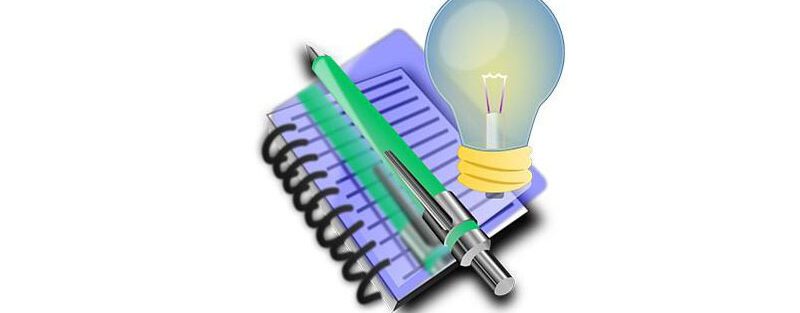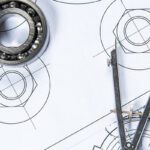Whenever a visual is essential to explaining an invention, the U.S. Patent and Trademark Office (USPTO) requires drawings of the invention to accompany patent applications, and requires the drawings to adhere to strict rules. Drawings don’t have to be works of art, but they should describe and demonstrate the invention with a great deal of accuracy, and of course, they must follow the drawing rules the USPTO has set forth.
See FindLaw’s Patents section for related resources.
USPTO Rules for Patent Drawings
The main formatting rules for drawings, for the purposes of a patent application, are as follows (see the USPTO drawing guidelines for more details):
- Black ink on white paper.
- Color is rarely allowed, and only when the color is necessary to describe the invention (a separate petition must be submitted to the USPTO before color is allowed).
- Photographs are only allowed where photographs are the only practical method of displaying the invention. For example, inventions involving a scientific gel are not suitable for drawings, and photographs are more appropriate to physically demonstrate the invention.
- The paper must be white, matte (non-shiny), flexible and strong. Writing is only allowed on one side of the paper.
- The paper size must be either 21cm by 29.7cm or 21.6cm by 27.9 cm (8 1/2 by 11 inches)
- Each page must have margins of specific length on all sides: 2.5 cm on the top, 2.5 cm on the left side, 1.5 cm on the right side, and 1.0 cm on the bottom.
- The drawing(s) must contain as many views as necessary to properly show the invention. Exploded views and blown-up partial views of specific portions of the invention may be used. If you do need to show different views of the invention, the drawings must be grouped together and facing the same direction on the page.
- Drawings are preferred to be in upright form (as opposed to the horizontal landscape drawings).
- The drawing should be drawn on a scale that will not be crowded when reproduced at 2/3 size. Indications like “full scale” or “1/2 scale” are not acceptable since they lose their meaning with reproduction in a different format.
- Shading is encouraged where it aids in understanding the invention.
- Numbers are preferred to letters as reference characters in a drawing. When using letters, the English alphabet must be used.



